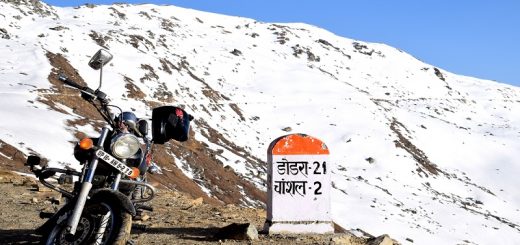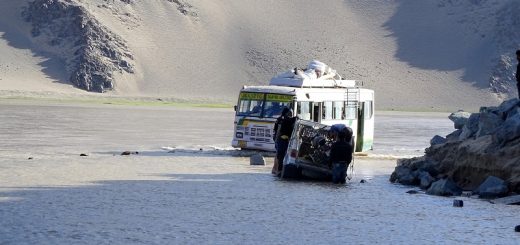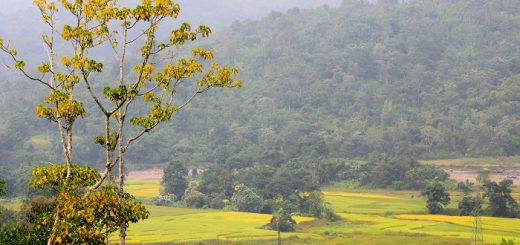A Day In The Only Hill Station Of Assam: Places To Visit In Haflong
Today was my eleventh day in North-East India and 5th day in Assam, and after an adventurous ride of more than 300 kilometers, I reached Haflong. When I was making my itinerary for the North-East India ride, I searched for places to visit in the north-eastern states. Many websites suggested Haflong and described it as the only hill station of Assam. I have less faith in the information provided by websites as they glorify every site. But by the time I started exploring Assam, I had already explored the Khasi and Jaintia Hill in Meghalaya. From my experience, I knew that the hills of north-east India have more to offer than any other tourist destination in India. Today I planned to explore the Haflong town before commencing my ride for Silchar. Silchar is only 100 kilometers from Haflong, and I assumed it would take two to three hours to reach Silchar from Haflong. Keeping that in mind, I started exploring the Haflong town, and my articles deal with the same. In this article, I would be describing places to visit in Haflong and how to explore those places in Haflong. I will also be sharing some vital information like road conditions in Haflong and the best time to visit Haflong. I hope my travelogue on Haflong would be useful to travelers who are planning to visit the southern Assam and Haflong.
Qucik Navigate:
Where is Haflong Situated And How to Reach Haflong?
Also Read: A Bike Ride On Lumding-Haflong Highway The Best In Nort-East India
Haflong town lies in the Dima Hasao District of Assam, and Haflong serves as the district headquarters. Dima Hasao district is one of the two Autonomous hill districts in the state of Assam. Dima Hasao means Dimasa hills in the Dimasa language and Haflong as the only hill station in Assam. Nicknamed as the Switzerland of the North-East, the city lies 350 kilometers from the state capital Guwahati and 100 kilometers from Silchar. The town is easily accessible via the Rail, Road, and Air route. The nearest Airports are in Silchar and Guwahati. The New Haflong Railway Station serves as the primary railway station, and the National Highway 27 connects Haflong from the rest of Assam. You can read my ride on this highway in my previous post. The best way to reach Haflong is via train as the Lumding-Haflong Train Route is one of the most scenic routes in India.
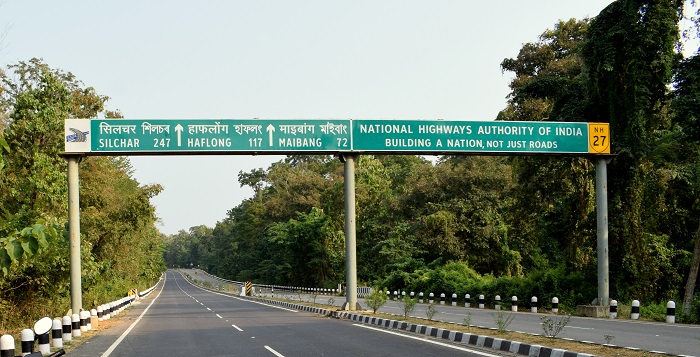
Is Haflong the Only Hill Station In Assam?
Also Read: A Detailed Travel Guide To Explore Kaziranga National Park In Assam
Although most websites say so, I don’t consider the fact that Haflong is the only hill station in Assam. To reach any conclusion, one needs to understand the geography of Assam. Assam comprises of mostly plains, and the Brahmaputra River flows through the breadth of the state. The only exception is the southern part of Assam, which consists of the hills spreading across the three hill districts of Assam. The hill district of Assam comprises of West Karbi Anglong, Karbi Anglong, and Dima Hasao, and some part of Hojai district. Among all the towns, Haflong is the most popular and most visited tourist destination; therefore, it is famous as the only hill station in Assam. Moreover, the cities in other hill districts are not easily accessible, and thus Haflong gets preference.
Number of Days Required to Explore Haflong
Since Haflong lies in the remote area of Assam and North-East India, most of the places to visit in Haflong are not easily accessible. Apart from sites within the town, most of the places require either a 2-3 hours drive or trek. Keeping this in mind, two to three days are sufficient for visiting the Haflong town. Again it depends on how many days a person wants to spend in the hill town. For me, Haflong was more of a night stay than a tourist destination. I had planned to reach Mizoram via Silchar, and therefore I spent only one day in Haflong.
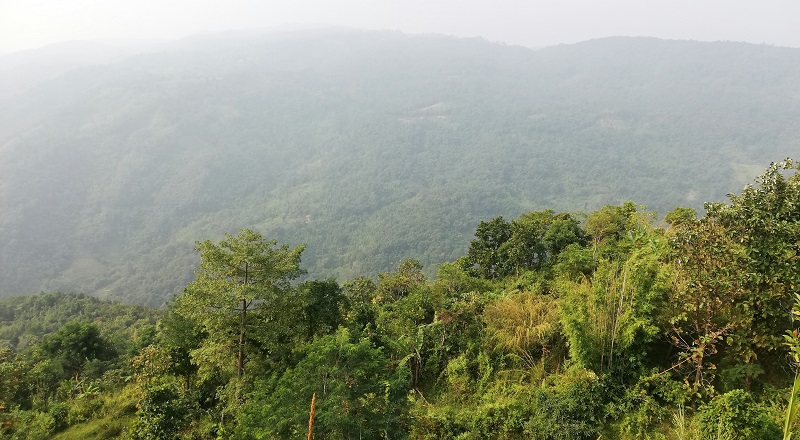
Places To Visit In Haflong
The famous places to visit in Haflong are as follow:
New Haflong Railway Station
Inaugurated in the year 2014, the New Haflong Railway station replaced the Old Haflong Railway station, also known as Old MG Railway Station or the Lower Haflong Railway station. A must visit place for railway lovers where one can notice the hard work of engineers and workers constructing a railway route in such harsh terrain.
Old Haflong Railway Station
Also Read: List of Amazing Trains Run By Indian Railways
Also known as the old MG Railway station or the Lower Haflong Railway Station, it lies in Bethel near the Dayang River. An engineering masterpiece the route was constructed by British in 1892 to primarily transport tea, coal, and timber produced in the upper Assam region. With the construction of a new railway line, the station is abandoned and mostly used as a trekking route.
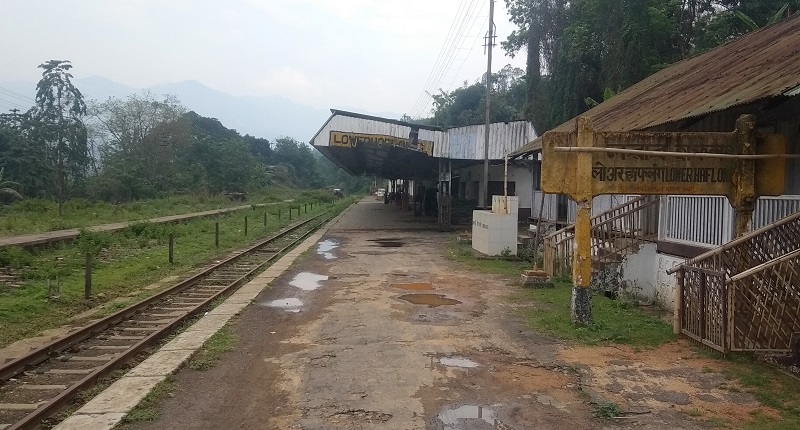
Jatinga Village
Situated in the vicinity of Haflong town, Jatinga is famous for the mass suicide of birds. Although the birds don’t commit suicide, instead, they are killed by villagers. The post-monsoon season, different species of birds descend from the hills due to the high-velocity winds, and these birds fly towards lights as a refuge. There they are hit with bamboo poles and killed. With the efforts from conservationists and local government, and awareness campaign was launched, educating villagers about not killing the birds. Now the tourism department has built a Jatinga Bird Watch Tower to see the birds and witness this phenomenon.
Haflong Lake
The Haflong lake another tourist destination in the town, and the main city settles around this lake. Assam Tourism Department has built hoarding on its perimeter, detailing places to visit near Haflong.
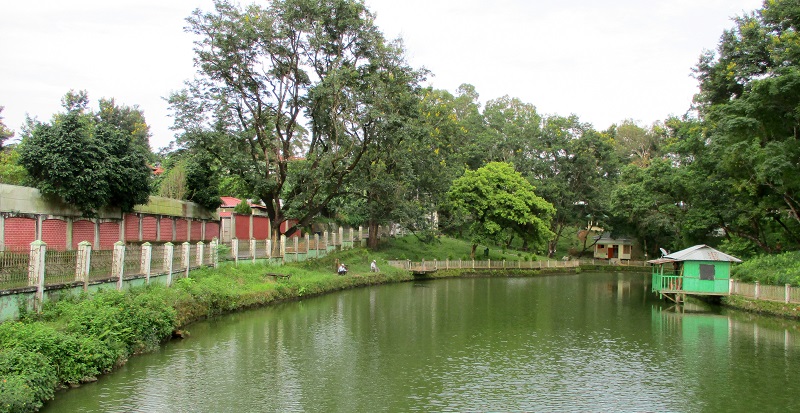
Haflong Circuit House
Circuit house lies some 6 kilometers from the town and lies on a hilltop. The circuit house allows a comprehensive view of Dimsa Hills and the Old train route.
Muolhoi View-Point
A view-point through which one can get a good impression of the Haflong town. Muolhoi view-point gives the best view of the Haflong town and Fiangpui Presbyterian Church.
Fiangpui Presbyterian Church
Located three kilometers from the main town, it is the biggest church in the town.
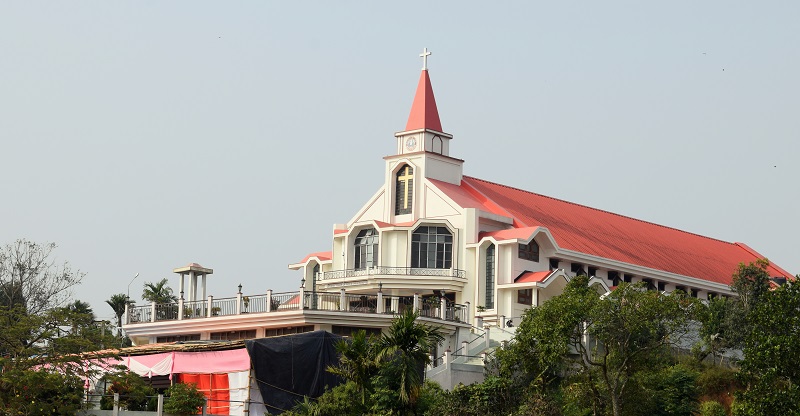
Statue of Rani Maa Gaidinliue
Also Read: List of Freedom Fighters of India Who Died For Independence
Rani Maa Gaidinliue was the freedom fighter from north-east India and described as the “Terror of the North-East” by the British government. Born in Tamenglong, Manipur, she is famous for her fierce fights against the British at the Battle of Hangrum in 1932. Her statue lies at the entrance gate of New Haflong Railway Station.
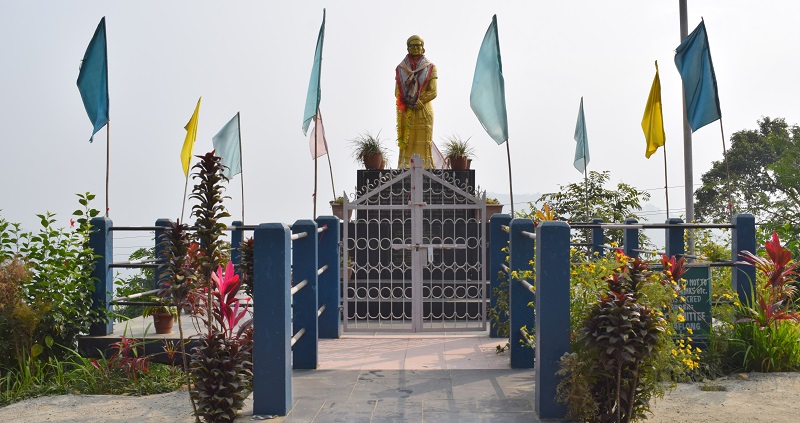
Ethnic Village
Ethnic village is a picnic spot lying 10 kilometers from Haflong town. The ethnic village is accessible via the Haflong-Silchar road, and the park has a collection of different species of flowers as well as various types of huts used by tribal people. The place is ideal for family vacations or picnics.
Bendao Baglai Waterfalls
Also Read: Travel Guide To Vantawng Waterfall and Tuirihiau Waterfall In Mizoram
Probably one of the must-visit places in Haflong if you have sufficient time. The Bendao Baglai Waterfalls lies in the Samparidisa village, which is 15 kilometers from the main town. Like most of the waterfalls in North-East India, the waterfall derives its name from Dimsa Language. The word ‘Bendao’ means two sisters and ‘Baglai’ means to jump, and according to the local story, two sisters took their own lives by jumping from the waterfall. A two-hour trek would take you to the base of the waterfall.
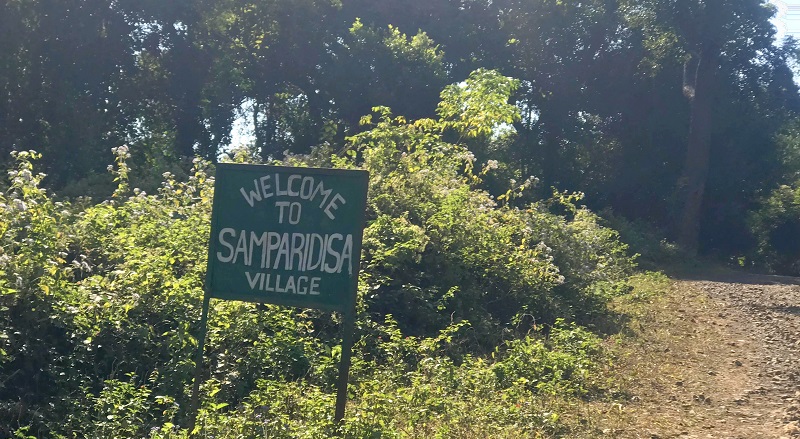
Mailongdisa
Mailongdisa lies 25 kilometers from Haflong, and it is a railway station on the Haflong-Silchar Railway Route. The place is famous for the Grave of British Engineer J.Barton, who died during the construction of the railway line.
Maibang
Also Read: A Bike Ride From Haflong To Silchar In Assam
The Maibang town lies 50 kilometers from Haflong, and it is a historic town and ancient capital of Dimasa Kachari Kingdom. The city has many ancient relics and stones from medieval times. Maibang is also famous for its natural beauty, and Mahur river flowing through this region provides a picturesque destination.
Panimoor
Panimoor is not precisely in the Haflong town and lies 120 kilometers from Haflong. The place is famous for the Panimoor Waterfall formed on the Kopili River. The Kopili River forms the boundary between Assam and Meghalaya, and Kopili Dam and its reservoir are another major tourist attraction.
Umrangso
Umrangso is another famous tourist destination of Dima Hasao district, and it lies a hundred kilometers from Haflong. There is a hot water spring and Kalengmaha Island, which is worth to visit. The dam on the Kopili river is in the vicinity of Umrangso, which is under the control of North East Electric Power Corporation (NEEPCO).
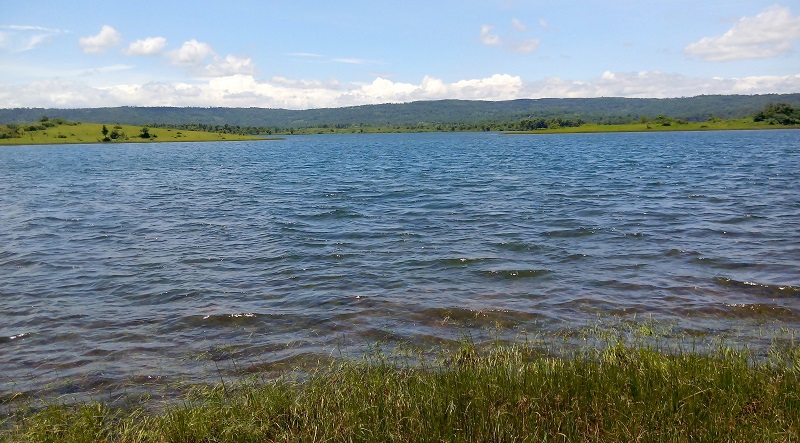
How I explored Haflong Town
As mentioned at the beginning of the article, I planned to reach Silchar by evening, and therefore I was running tight on time. I woke up early, ordered my tea, and started preparing for my ride within the town. I kept my luggage in the hotel as I was not in the mood to carry luggage while visiting the town. I stared from Haflong Lake, and the lake looked like any lake found in north-east India. The condition of the lake was not promising, and I sensed pollution due to the nearby settlements. On many patches, I found water hyacinth, and it looked like the lake is in dire need of cleaning and restoration. The one good thing was that the tourism department has set up hoarding on electric poles informing the places to see around the town. Nearby to the Haflong Lake is the Haflong Botanical Garden, and I went there and saw the different varieties of flowers and plants cultivated there.
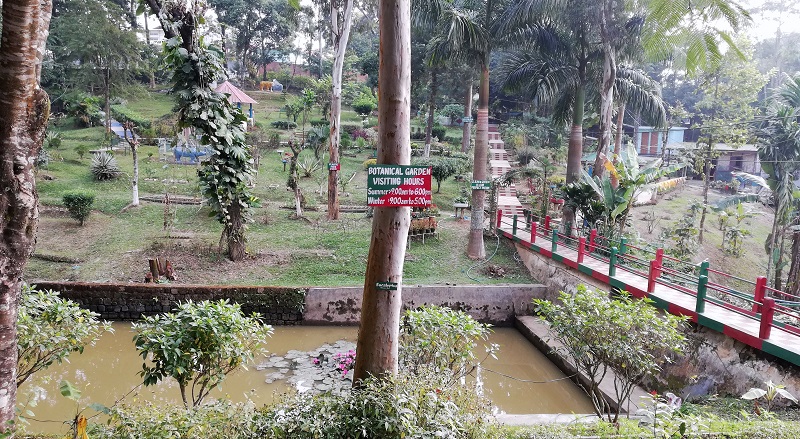
After visiting the Haflong Lake and Botanical Garden, it was time to visit the Fiangpui village and church. En-route to Fiangpui village, I went to the Haflong Circuit House, and from there, I clicked a few photos of the Dimsa hills, and indeed, the hills were beautiful. Though the fog hindered a clear shot, I was able to comprehend how the hills and forest would look like in clear weather. The Fiangpui Church is a beautiful building, and it took me 10 minutes to reach there. Upon arriving there, I found the church gates locked, barring me from going inside. I assumed that it might be due to the early hours I was visiting the church, and therefore I continued my ride to Fiangpui Hills. I read somewhere that Fiangpui Hill is one of the highest peaks in Assam, and one can get a good view from Fiangpui village. I tried finding the viewpoint, but there was no information nor any signboard. I tried asking a few locals, but even they were not aware of such a point. After spending thirty minutes searching for the viewpoint, I decided to quit seeking the viewpoint and decided to ride to my next destination, which was the lower Haflong railway station.

From Fiangpui village, the Lower Haflong Railway station is only 2 kilometers, and within 10 minutes, I was exploring the masterpiece of British construction in North-East India. The development of railways in the hills of Assam was one of the daunting tasks undertaken by British engineers in the 19th Century. I was able to comprehend the difficulty faced in the construction as I had read the development of the Konkan Railways on the western coast of India. The Haflong Silchar route was built 100 years before the Konkan railways. With no modern equipment, and one can imagine the hardship faced by engineers. After spending a reasonable amount of time at the railway station, I decided to return to my hotel and explore the places which were en route the Haflong-Silchar Highway.
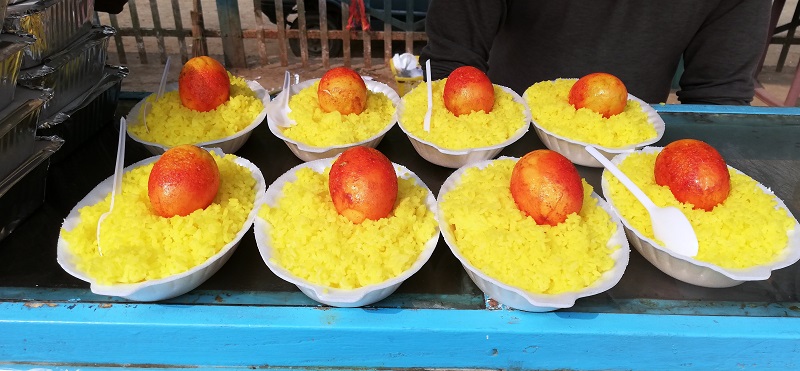
Once I reached my hotel, I fastened luggage on my scooty and completed the checkout formalities. My next place to visit in Haflong was the New Haflong Railway station, which lies six kilometers from the main town. I started my ride for the New Haflong Railway station, and en route visited the statue of Rani Maa Gaidinliue. The icon lies on the road before the entrance gate of the railway station. The road has a steep gradient, and my focus was majorly on breaks rather than on accelerators. Once I reached the railway station, I purchased a platform ticket and went inside the railway station. The railway station is newly built and has three platforms. By the time I was waking on the platform, Kanchunjenga Express had arrived at the station. I clicked a few photos of the railway station and then went to a small shop selling fried rice and boiled eggs. As I had only tea from the morning, I decided to have a quick breakfast before commencing my ride. Once the breakfast was over, I started my trip, and my next stoppage was Jatinga Village. The Jatinga Bird watching tower is about five kilometers from New Haflong Railway station, and in another 15 minutes, I reached the tower. The place looked deserted, and there was no caretaker or information center. I went to the top of the tower, and though I didn’t witness any bird, I got an idea of how beautiful the place would be during the season when birds fly in this direction.
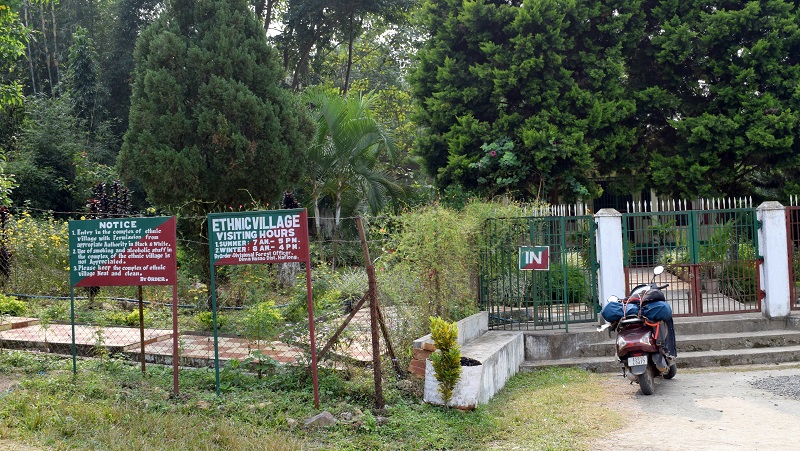
I had no plan of visiting Maibang as I rode on that stretch during my Lumding-Haflong Bike ride and decided to proceed to my last destination. My final stop was the Ethnic VIllage, and I started riding for the same. The ethnic village is around four kilometers on the Silchar-Haflong highway. Upon reaching there, I parked my scooty and went inside the park. The site looked like a picnic spot, and I hardly found any visitor. Upon entering further, I saw workers carrying out maintenance activity and construction of huts resembling the house of tribal people. I walked throughout the Ethnic Village but found nothing exceptional or appealing and therefore decided to return to the parking point. Earlier I thought of visiting the Bendao Baglai Waterfalls, but I was not sure how much time the trek would take and therefore decided to drop from my plan. By the time I completed my visit to the ethnic village, it was noon. With nothing more to do or explore in the Hafllong town, it was time to start riding for Silchar. While Yesterday I rode on one of the best highways in North-East India, today was the opposite where I rode on the worst road of North-East India. You can read my ride from Haflong to Silchar in my next post.

